Recently Discovered Ancient Language Predates Romans
In a groundbreaking discovery, archaeologists have revealed an inscription on a 2,100-year-old hand-shaped amulet discovered in northeastern Spain.
The amulet’s inscription sheds light on a potential ancient language related to Basque, an ancient non-Indo-European language still spoken in the Basque Country, a region stretching across the eastern areas of the Bay of Biscay in both Spain and France, and encompassing the western Pyrenees.
Study Uncovers the Oldest and Longest Vasconic Inscription
Published in the journal Antiquity, the study unveils the oldest and longest Vasconic language inscription, a linguistic group encompassing modern Basque.
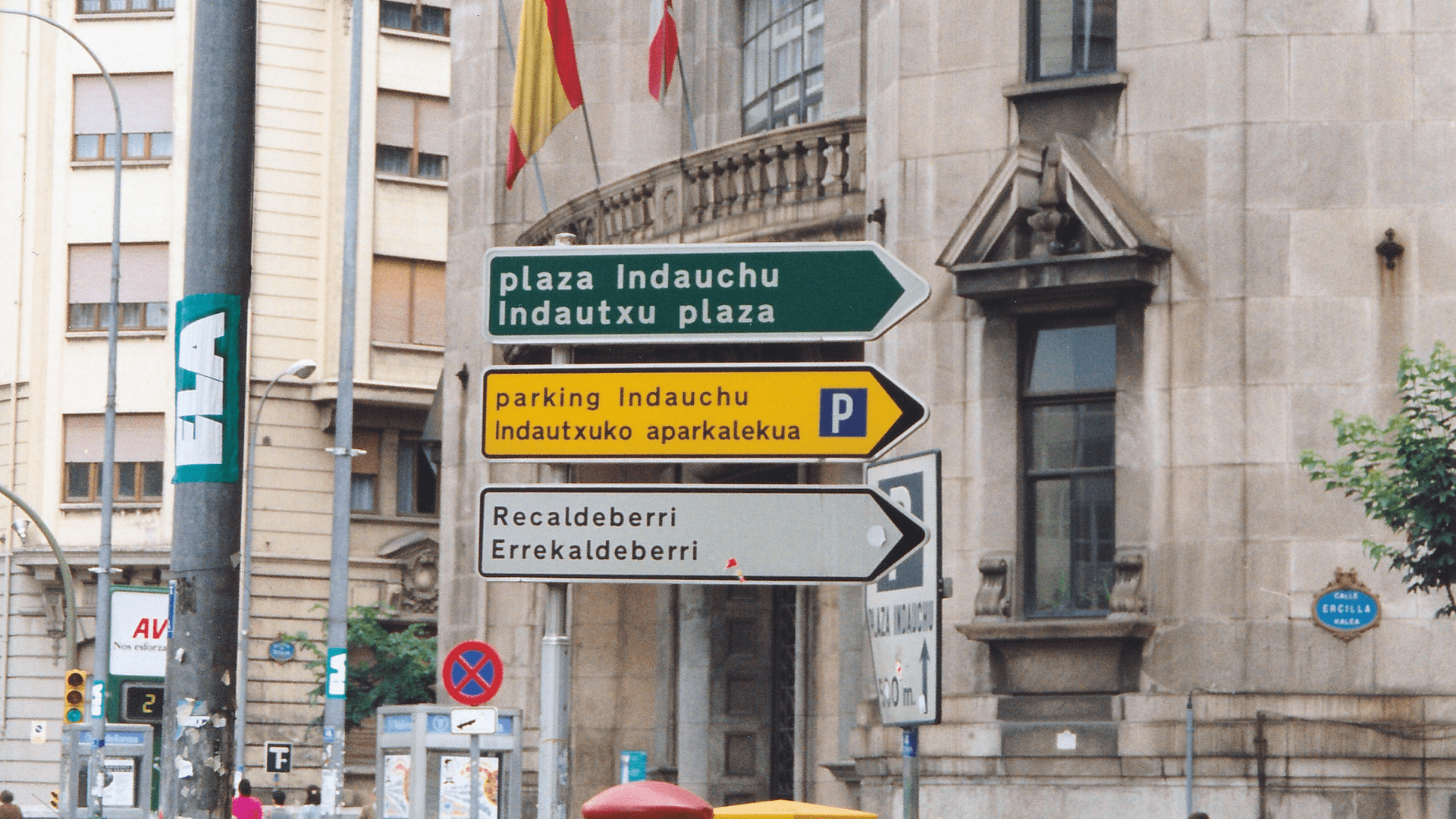
Chris Mitchell/Wikimedia Commons
This remarkable finding challenges our understanding of early European languages and provides a unique glimpse into a bygone era.
Ancient Amulet Discovered at Irulegi in Spain
Unearthed at the Iron Age site of Irulegi in Spain’s Navarre region in 2021, the amulet carries an inscription employing the Latin alphabet.
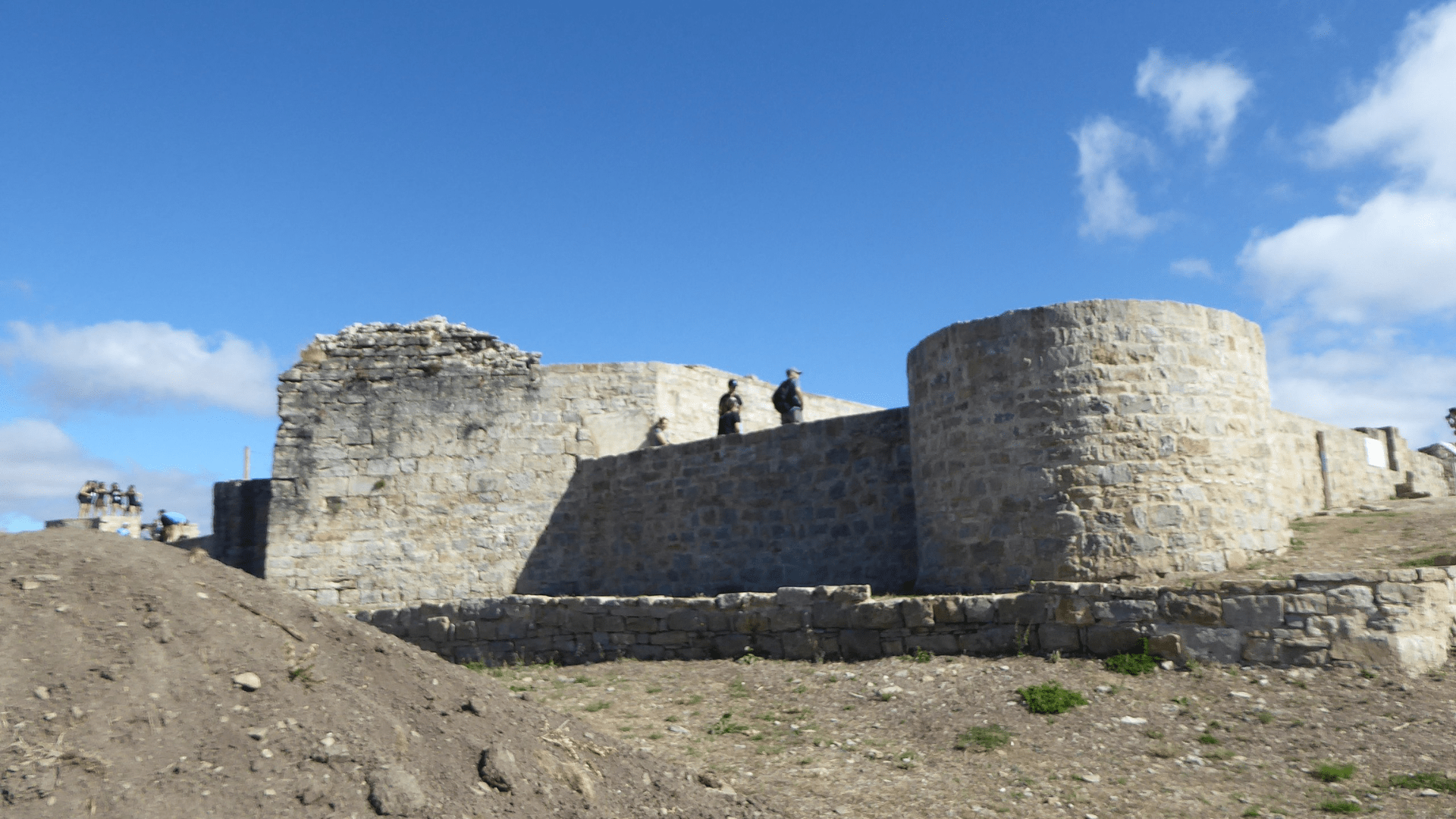
Patxi Txokarro/Wikimedia Commons
The deciphered portion reveals the word “sorioneku” or “sorioneke,” reminiscent of the modern Basque term “zorioneko,” meaning “good fortune.”
Amulet May Have Functioned as a Good Luck Charm
Intriguingly, this connection suggests the amulet might have functioned as a good luck charm or a ritual offering to a local deity.
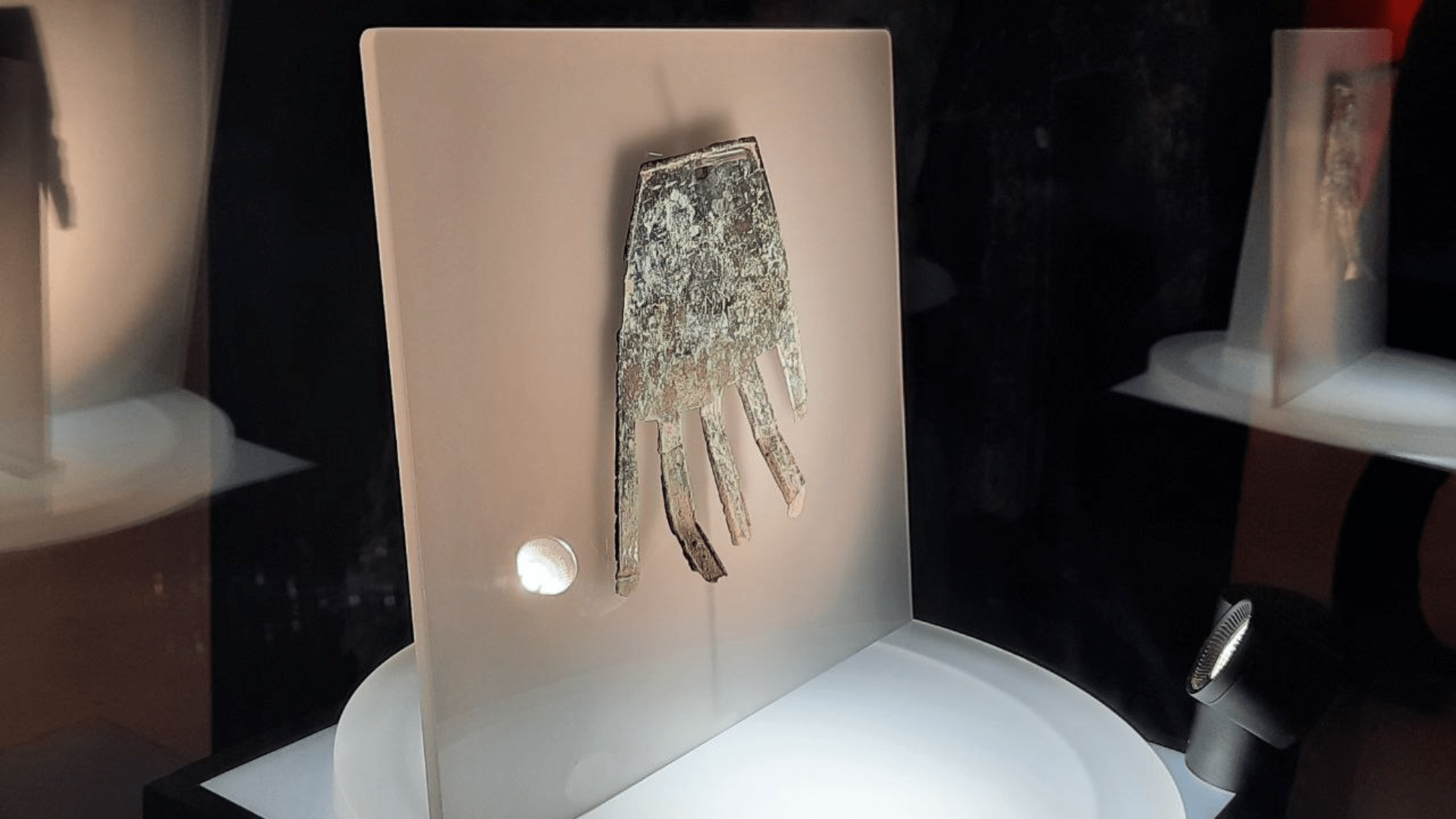
Asier Azpilikueta/Wikimedia Commons
The study’s lead author Mattin Aiestaran, an archaeologist at the University of the Basque Country, speculates that the hand-shaped artifact held a symbolic purpose, likely either in attracting positive energy or serving as a religious tribute.
Basque is the Sole Survivor of Vasconic Languages
Basque stands as the sole survivor of Vasconic languages, and its origins trace back to ancient Vasconic languages spoken in the northeastern Iberian Peninsula.
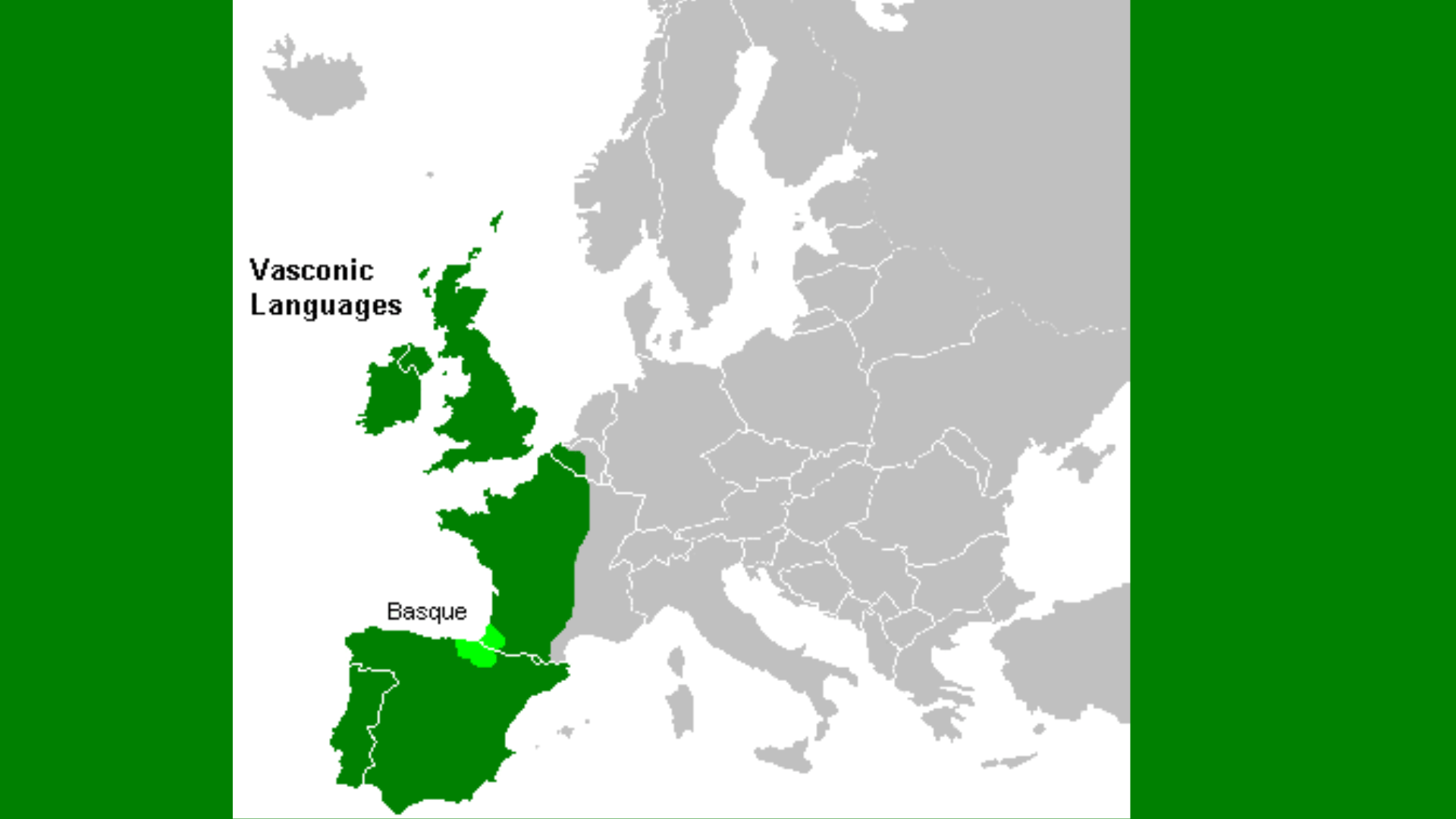
Kentynet/Wikimedia Commons
The inscription at Irulegi marks a significant milestone, providing a linguistic link between an ancient Vasconic language and modern Basque.
Irulegi Amulet Challenges the Vasconic Substrate Hypothesis
This revelation challenges the prevailing Vasconic substrate hypothesis, suggesting wider language influence before the Indo-European arrival.
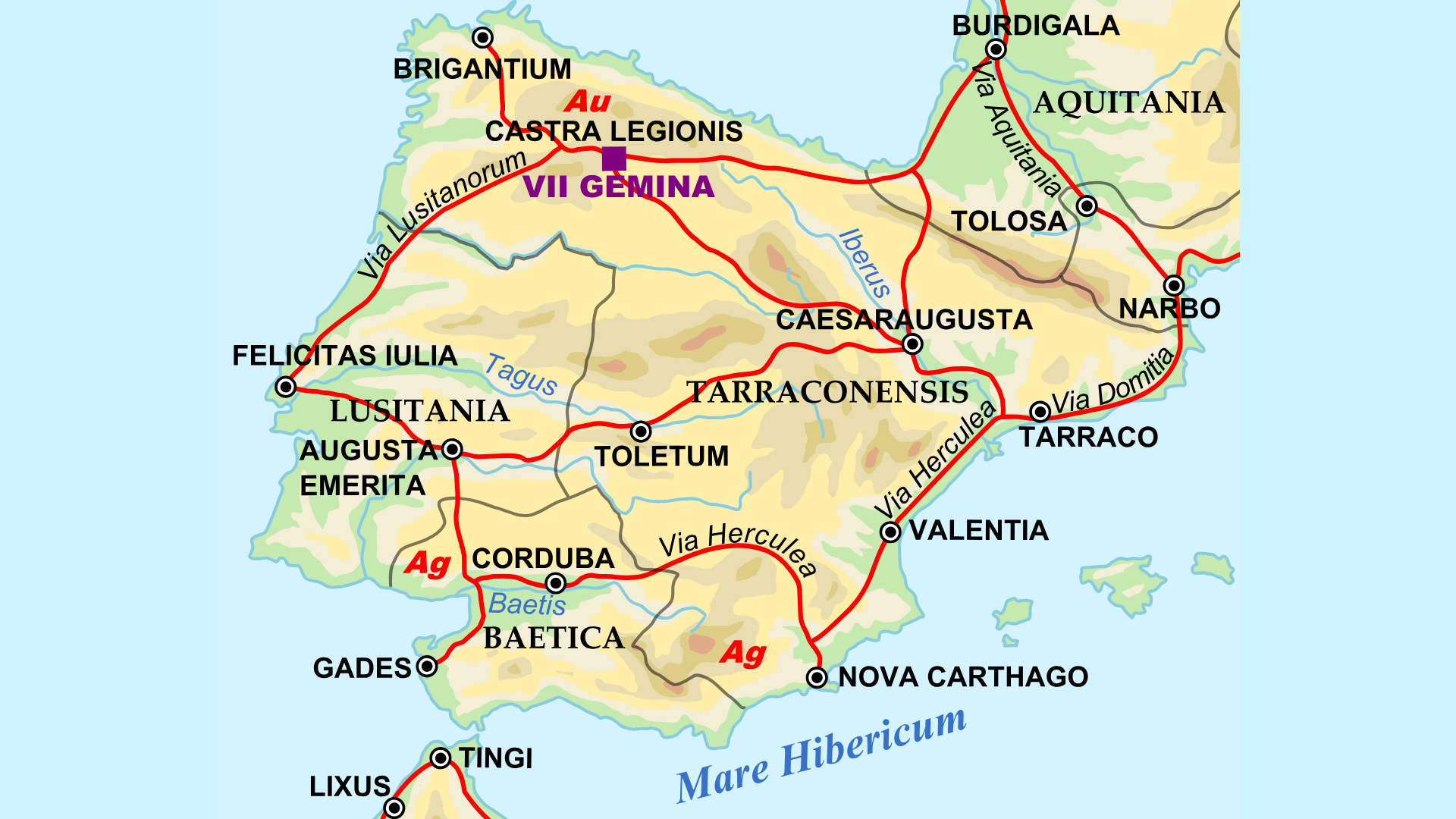
Richardprins/Wikimedia Commons
The study initiates a linguistic exploration, mapping connections between ancient Vasconic languages, other Iberian Peninsula languages, and the enigmatic Basque language.
Basque as a Unique Linguistic Anomaly
Modern Basque’s status as a linguistic “isolate” distinguishes it from Indo-European languages prevalent across Europe.

Monts356/Wikimedia Commons
While most European languages share roots in the Indo-European family, Basque remains unparalleled, displaying similarities to the extinct Aquitanian language.
Vasconic Substrate Hypothesis is Debated
The Vasconic substrate hypothesis, proposing widespread Vasconic influence, faces debate within the linguistic community.
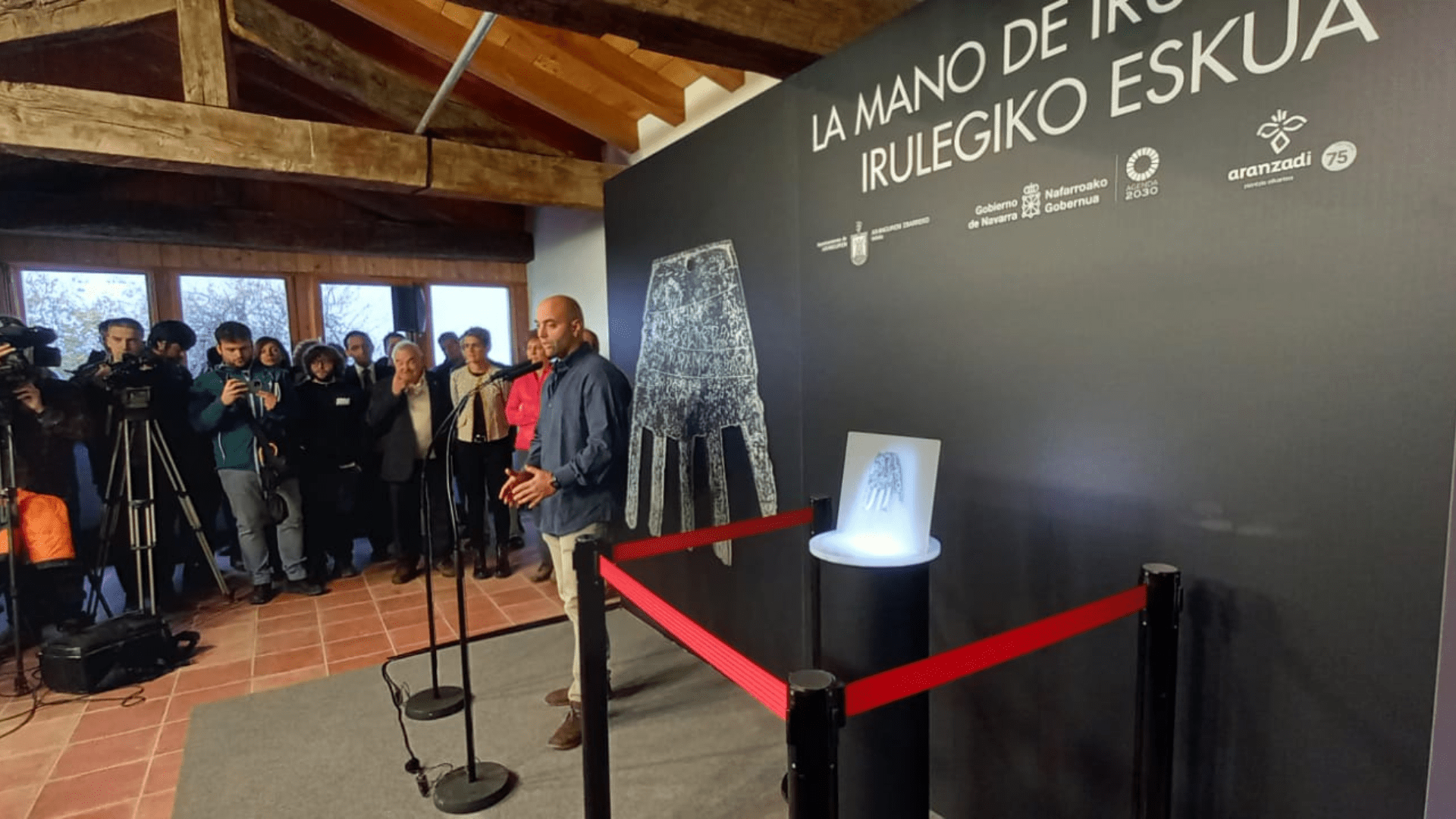
Euskalerria Irratia/Wikimedia Commons
The Irulegi inscription serves as a pivotal piece in unraveling the complexities of Vasconic languages, sparking renewed interest and discussion.
Tracing Ancient Connections and Constructing a Linguistic Map
The Irulegi inscription, with its ancient Vasconic language, becomes a pivotal starting point for constructing a “linguistic map.”

Hans-Peter Gauster/Unsplash
This map aims to delineate connections between the deciphered language, other ancient Iberian Peninsula languages, and the intricate history of modern Basque. The study presents a compelling argument for further exploration into the linguistic heritage of Europe, allowing researchers to piece together fragments of a linguistic puzzle lost to time.
Renowned Linguist Finds Study’s Argument Convincing
Renowned linguist Peter Trudgill, uninvolved in the study but a scholar of Vasconic languages, praises the findings as “convincingly argued and exciting.”

Frankie688/Wikimedia Commons
The inscription offers a valuable window into the past, providing a nuanced understanding of Vasconic languages and peoples.
Basque Specialist Says Amulet Helps Preserve Europe’s Linguistic Past
Basque specialist Roslyn Frank emphasizes the significance of the artifact in preserving Europe’s linguistic heritage, highlighting the limited attention afforded to Basque language and culture.
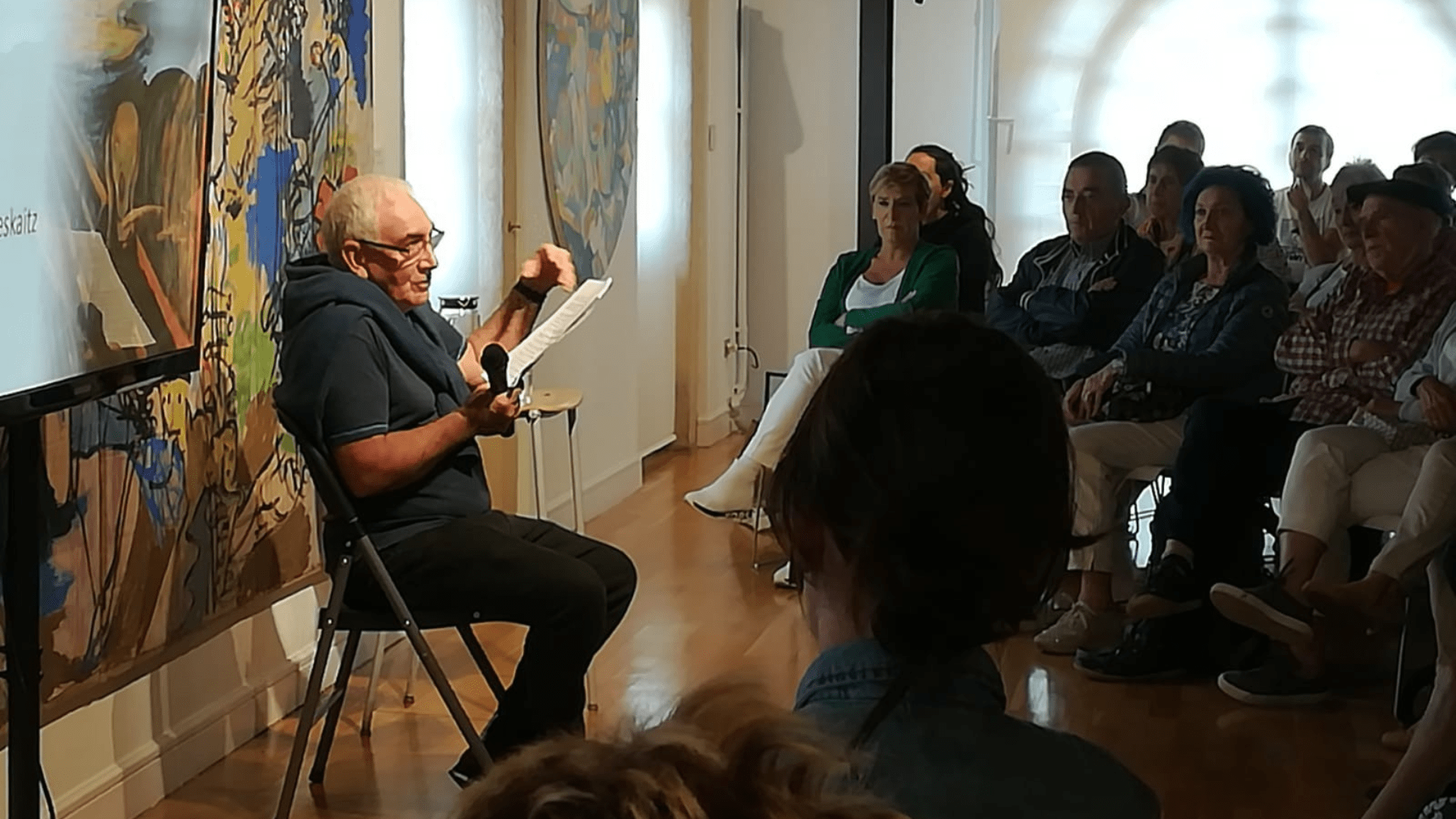
Wikimaribarre/Wikimedia Commons
“In my opinion, far too little attention is paid to the Basque language and culture, given that it represents a doorway to Europe’s past,” Frank stated in an email to the popular science news site Live Science.
Irulegi Inscription is a Journey into Europe's Linguistic Heritage
The 2,100-year-old inscription at Irulegi excitingly emerges as a potential key to unlocking Europe’s linguistic past. As researchers delve into the intricacies of an ancient Vasconic language, the amulet becomes something like a portal to a forgotten era.
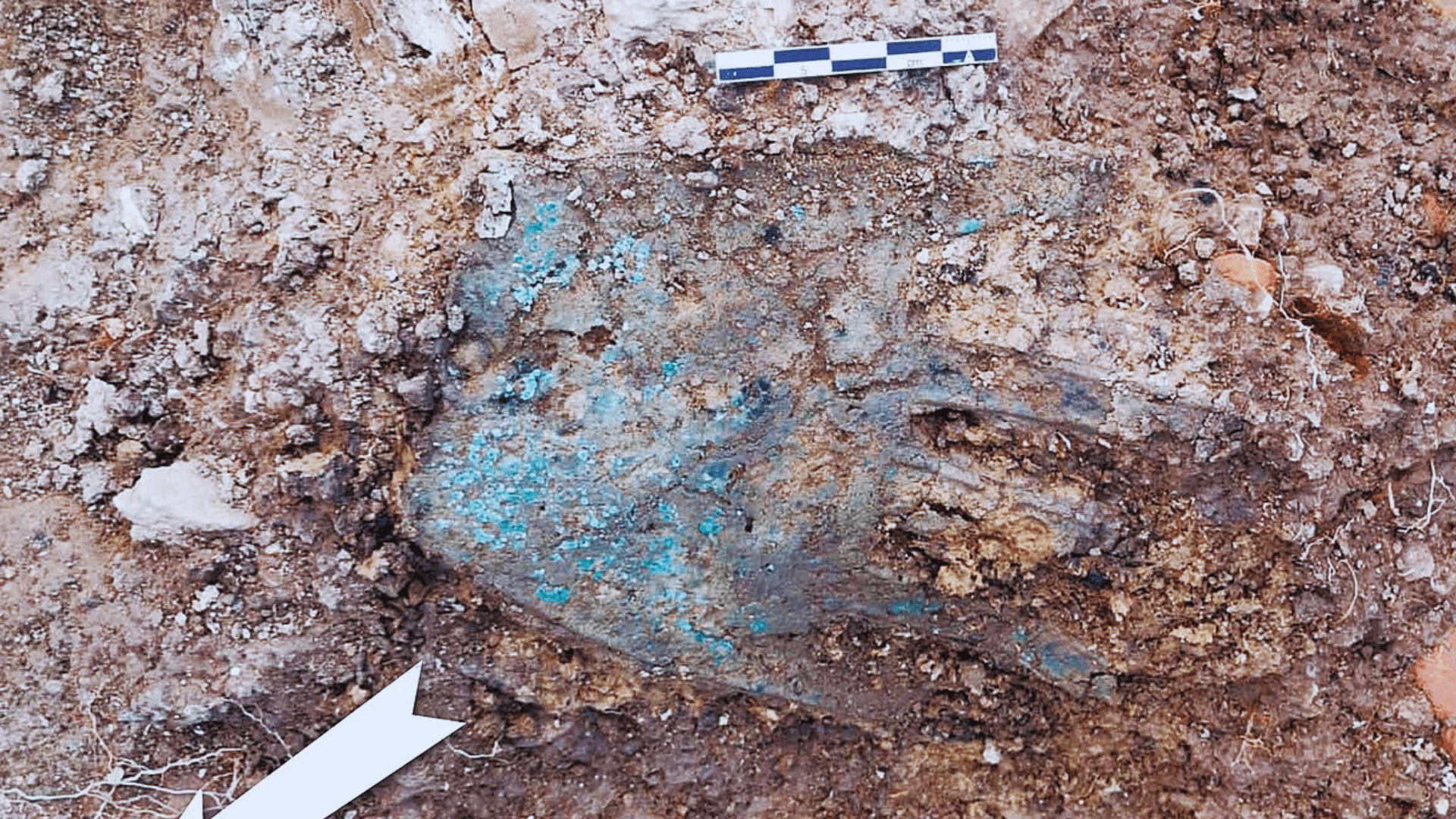
Nafarroako Gobernua/Wikimedia Commons
This linguistic exploration will not only likely reshape the current understanding of Basque but also prompt a reevaluation of Vasconic languages’ historical impact. The Irulegi inscription is one fascinating new artifact that testifies to an enduring human fascination with recovering a partially shrouded past.
